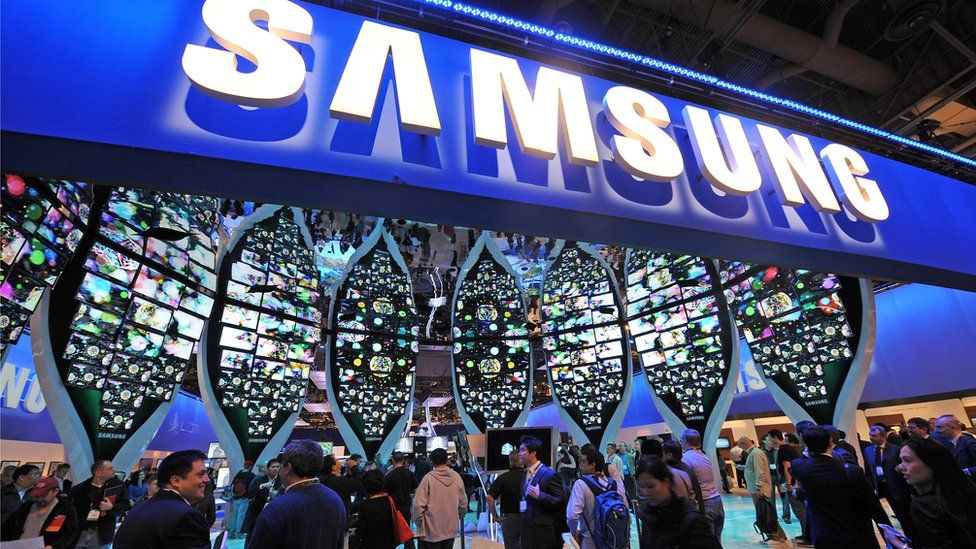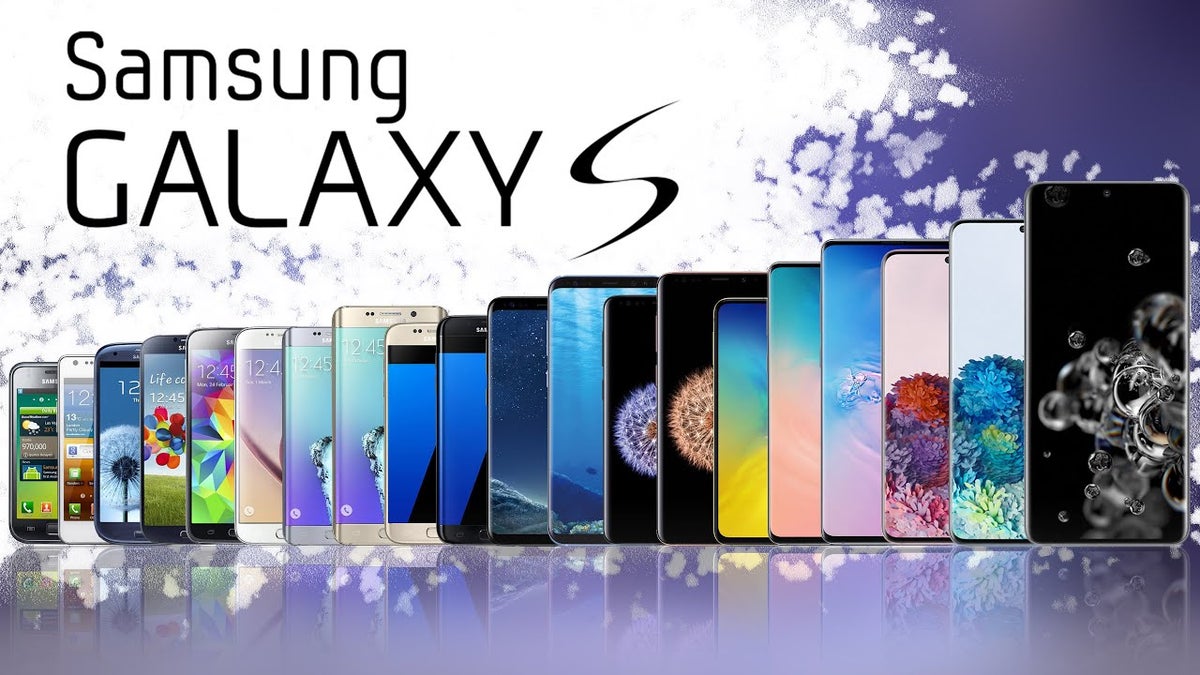Samsung is one of the world’s most well-known and successful technology companies, with a diversified portfolio of products and services ranging from smartphones, televisions, fridges, washing machines, semiconductors, displays, and more. But how did Samsung achieve such a remarkable feat of innovation and growth? What are the factors that contributed to its success? In this article, we will explore some of the secrets behind Samsung’s success story.
A Brief History of Samsung
Samsung was founded in 1938 by Lee Byung-Chul as a trading company that dealt with fertilizers and sweeteners. It was not until 1969 that Samsung entered the electronics industry by establishing Samsung Electric Industries, which initially sold fridges and calculators in partnership with Sanyo, a Japanese electronics company. In 1970, Samsung also formed a joint venture with NEC, another Japanese electronics company, to produce home appliances and audio-visual devices.
Samsung expanded its interests in the 1970s and 1980s by acquiring Korea Semiconductor, a failing company that gave Samsung access to the semiconductor market, and by founding Samsung Data Systems, a company that provided systems development services to businesses. Samsung also ventured into the mobile phone industry in 1988, but faced stiff competition from Motorola, which had a dominant market share in South Korea.
Samsung’s breakthrough came in the 1990s, when it decided to focus on quality and innovation rather than quantity and price. Samsung invested heavily in research and development, design, marketing, and branding, and launched several iconic products such as the Anycall mobile phone, the Yepp MP3 player, and the SyncMaster monitor. Samsung also became a global leader in memory chips and LCD panels, and established itself as a premium brand that could compete with Apple, Sony, and other rivals.
Samsung continued to innovate and diversify in the 2000s and 2010s, launching products such as the Galaxy smartphone series, the Smart TV, the Quick Drive washing machine, and The Wall display. Samsung also invested in future technologies such as 5G, AI, IoT, and automotive business. Samsung became one of the world’s most valuable brands, ranking sixth in Interbrand’s Best Global Brands 2018, and one of the world’s largest technology companies by revenue.
The Factors Behind Samsung’s Success
Samsung’s success can be attributed to a combination of factors that enabled it to create value for its customers and stakeholders. Some of these factors are:
- Investment in human capital: Samsung has always valued its employees as its most important asset. Samsung provides extensive training and education programs for its employees to enhance their skills and creativity. Samsung also recruits talented people from diverse backgrounds and cultures to foster innovation and collaboration. Samsung has established research centers around the world, including Russia, where it has access to highly skilled engineers and scientists.
- Customer-oriented innovation: Samsung has always focused on understanding the needs and preferences of its customers and delivering products and services that meet or exceed their expectations. Samsung conducts extensive market research and user feedback to identify customer pain points and opportunities. Samsung also adopts a design thinking approach that emphasizes empathy, experimentation, prototyping, and iteration. Samsung launches human-driven innovations that solve real problems and enhance people’s lives.
- Competitive benchmarking: Samsung has always been aware of its competitors’ strengths and weaknesses and has used them as a source of motivation and inspiration. Samsung targets its innovations towards specific competitors and patents that it wants to surpass. For example, Samsung challenged Apple’s iPhone with its Galaxy series that offered superior features such as larger screens, better cameras, longer battery life, wireless charging, water resistance, etc. Samsung also challenged Sony’s dominance in the TV market with its Smart TV that offered internet connectivity, voice control, gesture recognition, etc.
- Diversification and synergy: Samsung has always diversified its product portfolio and business segments to reduce its dependence on any single market or technology. Samsung operates in various industries such as consumer electronics, semiconductors, displays, mobile communications, IT solutions, etc., which gives it a competitive edge over its rivals who specialize in only one or few domains. Samsung also leverages its synergies across its businesses to create value-added products and services. For example, Samsung uses its own memory chips and displays for its smartphones and TVs; it uses its own software platforms such as Tizen OS for its smart devices; it uses its own software platforms such as Tizen OS for its smart devices; it uses its own voice assistant Bixby for its Galaxy devices and SmartThings ecosystem.
- Adaptability and resilience: Samsung has always been able to adapt to changing market conditions and customer demands, and overcome various challenges and crises. Samsung has shown its ability to reinvent itself and bounce back from failures and setbacks. For example, Samsung recovered from the Galaxy Note 7 debacle in 2016, when it had to recall millions of devices due to battery explosions, by launching the Galaxy S8 and Note 8 in 2017, which received positive reviews and sales. Samsung also dealt with the COVID-19 pandemic in 2020 by shifting its production and supply chain strategies, enhancing its online sales channels, and launching new products such as the Galaxy Z Fold 2 and the Galaxy S20 FE.
Conclusion
Samsung is a remarkable example of a company that has achieved success through innovation, diversification, customer orientation, human capital, competitive benchmarking, adaptability, and resilience. Samsung has proven itself as a global leader in the technology industry, and a trusted brand that delivers value to its customers and stakeholders. Samsung’s success story is not only inspiring, but also instructive for anyone who wants to learn from its secrets and apply them to their own endeavors.
- Common Cybersecurity Threats and How to Prevent Them
- Unlock Next-Level Gaming with Ultimate Gaming Paradise’s AMD Graphics Cards
- Unveiling the Latest in Audio Excellence: JBL’s New Speakers, Headphones, and Beyond
- The Benefits of Using Ryobi Hybrid Tools for Home and Work
- 7 Industries Heavily Impacted By The Rise of AI
- Rev Up Your Ride: Direnza’s Performance Downpipes for Enhanced Driving






